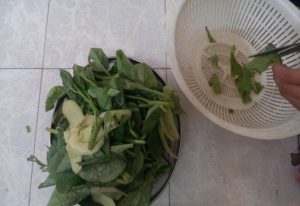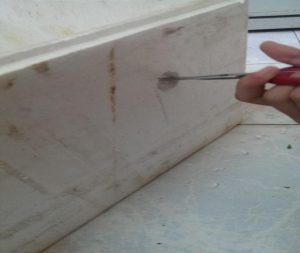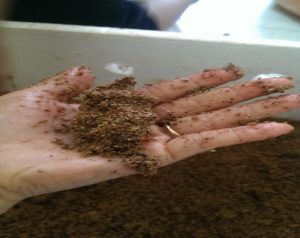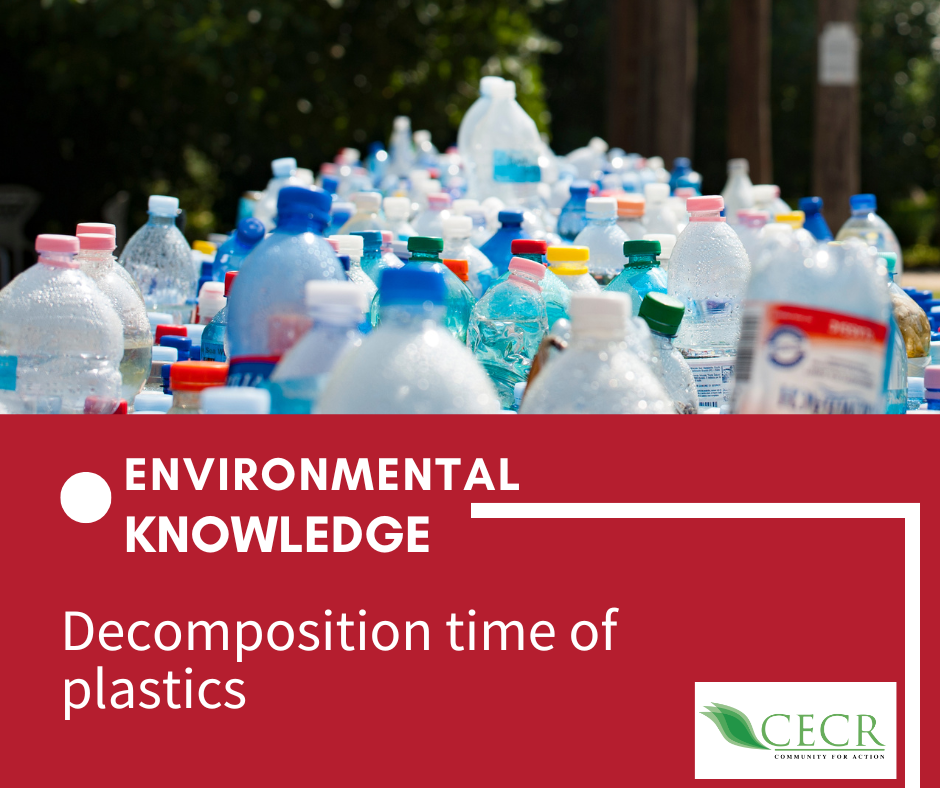The aim of the model is to minimize the amount of bio waste discharged, including left-over food, coffee grounds or tea leaves, etc. These bio wastes can be composted or converted into enzyme products for cleaning purposes.
By definition, composting is the process of bio trash (mostly with plant-origins) decomposing into organic components (such as carbon and nitrogen) that can be consumed by other plants. Within this article, we will introduce two composting models which are (1) continuous composting and (2) batch composting as well as how to make enzyme products
B. Batch composting Family The family has discussed and agreed on recycling bio waste in order to reduce the amount of trash discharged. The daily amount of thrown-away vegetables is 500 gram to 1 kilogram for an average household having 2 meals per day Preparation Boxes, preferably styrofoam boxes – are available in fruit shops Saw dust – 1/2 bagStep 1: Cutting the thrown-away vegetables into small pieces |
Notice: Cutting the vegetables in to pieces facilitates the composting process. | |
Step 2: Creating 2-3 small hole for each side of the styrofoam box |
There will be water coming from the box, therefore, a tray should be put underneath. | |
Step 3: Putting saw dust up to 1/3 or 1/2 of the box and checking the moisture |
Saw dust is used to prevent unpleasant smells coming from the compost | |
Step 4: Scattering water and mixing the saw dust
 |
Notice: In case of over-watering, mixing more saw dust into the mixture | |
Step 5: Mixing the vegetables and check the moisture. If the mixture is dry, vegetables water (from boiled vegetables) can be added |
Coffee grounds can also be added, especially when there is unpleasant smell coming from the compost. The box should be placed in shades with a lid. | |
The result after 1.5 – 2 months
 |


 Tiếng Việt
Tiếng Việt

